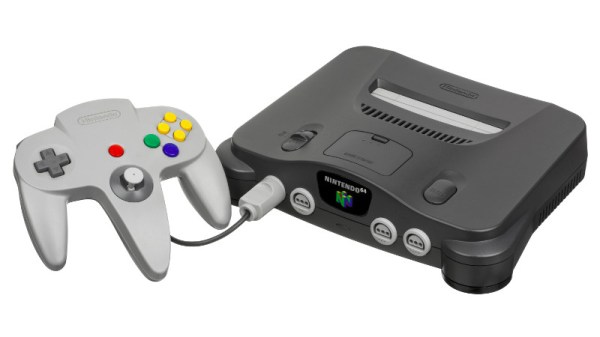Although the Nintendo 64 console has in the minds of many been relegated to the era of ‘firmly obsolete graphics’, since its graphic processor’s (GPU’s) lineage traces directly to the best which SGI had to offer in the 1990s, it too supports a range of modern features, including dynamic shadows. In a simple demo, [lambertjamesd] demonstrates how this feature is used.
As can be seen in the demonstration video (linked after the break), this demo features a single dynamic light, which casts a shadow below the central object in the scene, with a monkey object floating around that casts its own shadow (rendered into an auxiliary frame buffer). This auxiliary buffer is then blended into the main buffer, as explained by [ItzWarty] over at /r/programming on Reddit.
This effectively means that the main scene uses a shadow volume, which was used extensively with Doom 3. The primary reasons for why the N64 didn’t use shadow volumes all over the place was due to the limitations this places on the shadow caster (objects) in the scene, such as the need to be convex, and overlap is likely to lead to artifacts and glitches.
Doom 3 would fix this with the use of a stencil buffer that would further refine the basic dynamic lighting support on the N64, which ultimately would lead to the fancy video game graphics we have today. And which no doubt will look properly obsolete in another decade again, as usual.












